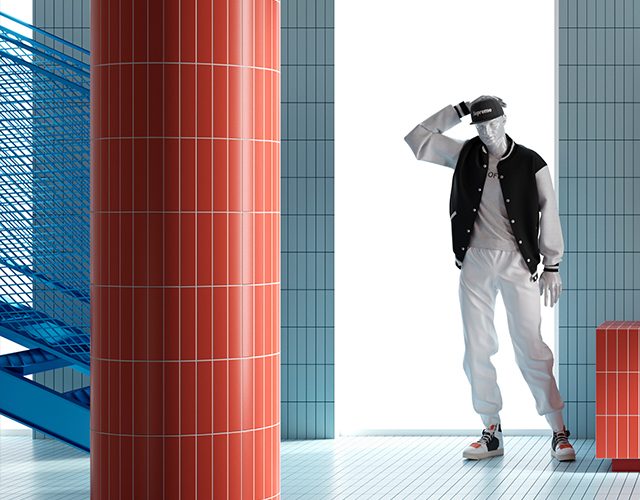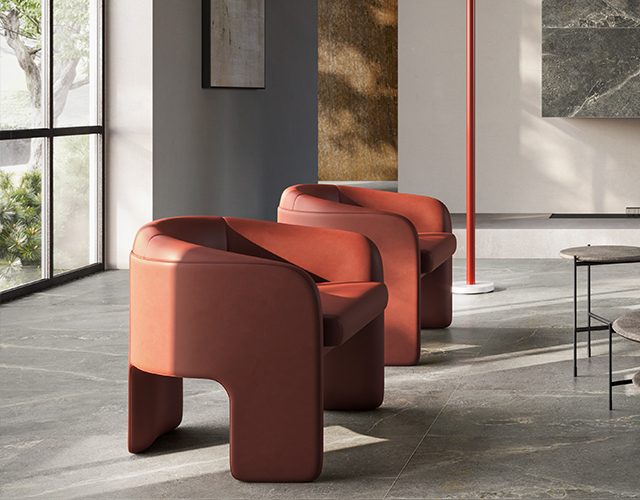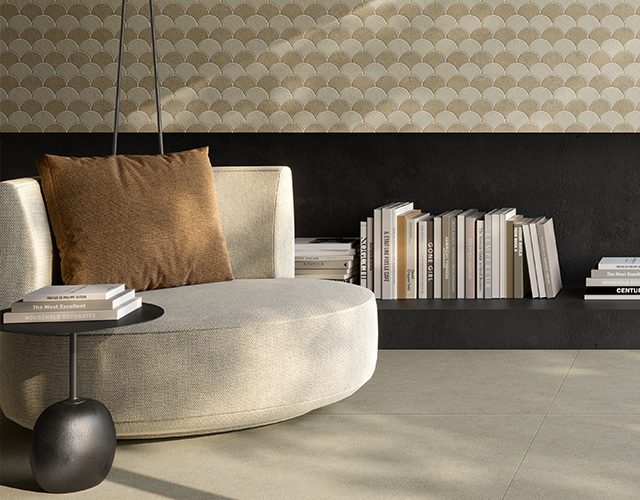 Global
Global
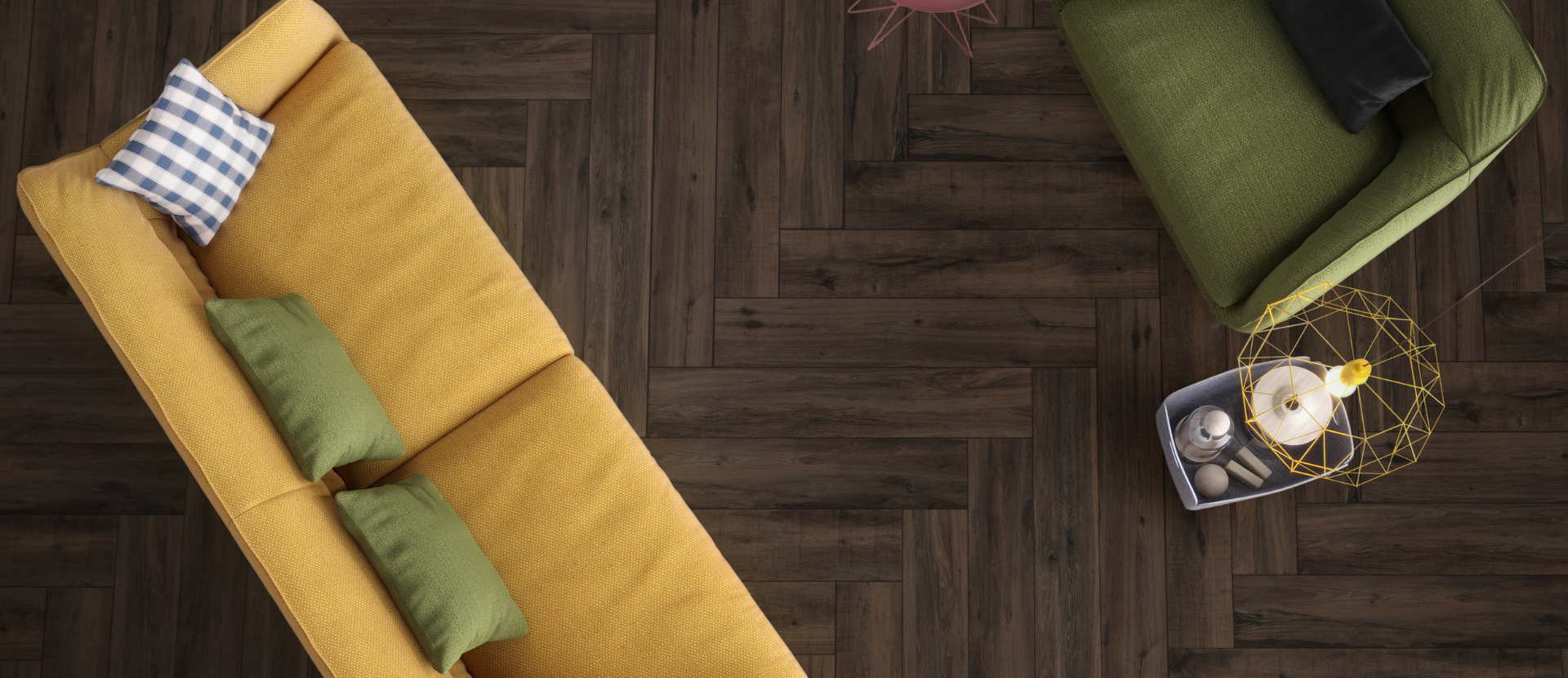
How Do You Style Wood-Effect Tiles Without Looking Like a DIY Disaster?
Choose your wood tone first, then build everything else around it.
Walk into any tile showroom and you’ll see them—dozens of wood-effect tiles that promise the warmth of timber without the warping, staining, or endless maintenance. They’re brilliant in theory. In practice? Well, we’ve all seen those installations that scream “fake wood” from across the room.
The difference between wood-effect tiles that fool everyone and those that fool no one isn’t the tile itself. It’s how you style them.
What Makes Wood-Effect Tiles Different from the Real Thing?
Here’s what most people don’t grasp: wood-effect tiles aren’t trying to be wood. They’re trying to be better than wood.
Think about it—real wood expands, contracts, stains, scratches, and eventually needs replacing. Wood-effect tiles give you the aesthetic without any of the drama. But only if you style them properly.
The key advantages you should actually use:
- Consistent colour means you can be bolder with your decor choices
- Waterproof properties open up styling options real wood can’t handle
- Durability means your design choices are long-term investments
- Variety gives you wood tones that don’t exist in nature
Stop thinking of them as “fake wood” and start thinking of them as “wood, but better.”
Which Wood Tone Actually Works in Your Space?
This is where most people go wrong immediately. They choose wood-effect tiles based on what they think looks nice, not what actually works in their space.
Light wood tones work when:
- Your room lacks natural light
- You want to make a small space feel larger
- You’re going for Scandi or coastal vibes
- Your walls are already dark or heavily patterned
Dark wood tones work when:
- You have abundant natural light to balance the depth
- You want to create cosy, intimate spaces
- You’re styling around bold, contemporary furniture
- You need to ground a room with high ceilings
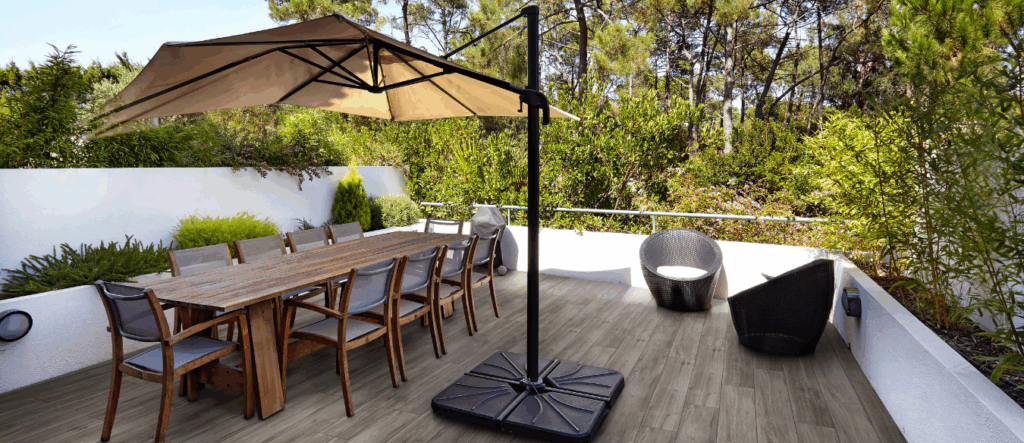
Should You Use Wood-Effect Tiles on Walls Too?
Absolutely, but not how you think.
Covering entire walls in wood-effect tiles is overkill—it looks like you’re building a sauna. Instead, use them strategically:
Feature wall behind your bed? Perfect for creating a headboard effect without the bulk.
Kitchen backsplash? Brilliant for adding warmth between white cabinets and stone countertops.
Bathroom accent wall? Creates spa-like warmth without the moisture issues of real wood.
The secret is restraint. One wall maximum, and make sure it’s the wall that makes sense—usually the one your eye hits first when entering the room.
How Do You Match Wood Tiles to Different Decor Styles?
For Modern Spaces: Choose wood-effect tiles with minimal grain patterns and clean lines. Pair with sleek furniture, neutral palettes, and plenty of negative space. The wood adds warmth without competing with your contemporary pieces.
For Rustic Interiors: Go for tiles with pronounced grain and texture variation. Mix with natural materials like stone and leather. But here’s the crucial bit—don’t overdo it. One “rustic” element per room, or you’ll end up looking like a themed restaurant.
For Scandinavian Vibes: Light ash or birch effects work beautifully with white walls and minimal furniture. Add soft textiles and plants, but keep everything understated. Scandi style is about feeling calm, not showing off your design skills.
For Industrial Looks: Darker wood effects paired with metal and concrete elements create sophisticated urban vibes. Think reclaimed timber aesthetics without the actual reclamation hassle.
Can Wood-Effect Tiles Work in Every Room?
Not every room, but more rooms than you’d expect.
Living Rooms: Brilliant for creating warmth underfoot. Pair with area rugs to define seating areas and add softness.
Kitchens: Perfect for high-traffic areas that need durability. Choose darker tones to hide inevitable scuffs and spills.
Bathrooms: Game-changing for creating spa-like atmospheres. Use on floors and one accent wall maximum.
Bedrooms: Adds warmth without the dust-collecting properties of carpet.
Outdoor Spaces: Here’s where wood-effect tiles really shine. All the aesthetic appeal of decking without the annual maintenance nightmare.
What About Extending Your Style Outdoors?
This is where wood-effect tiles become genuinely exciting. Using the same tile indoors and on your patio creates seamless flow—especially brilliant for those British homes where the garden is essentially another room for half the year.
Choose porcelain wood-effect tiles rated for outdoor use. They’ll handle frost, rain, and UV exposure without fading or cracking. Pair with outdoor furniture in complementary tones, and suddenly your garden feels like a designed extension of your home rather than an afterthought.
Why Does Everyone Get the Grout Wrong?
Because they treat it like an afterthought instead of a design element.
Matching grout creates seamless, continuous surfaces—perfect for modern, minimal looks.
Contrasting grout defines each tile individually—better for rustic or traditional styles where you want visible “planks.”
Grey grout is almost always wrong with wood-effect tiles. It creates an unnatural contrast that screams “fake.”
Choose grout colours that exist in real wood—warm beiges, soft browns, or exact matches to your tile tone.
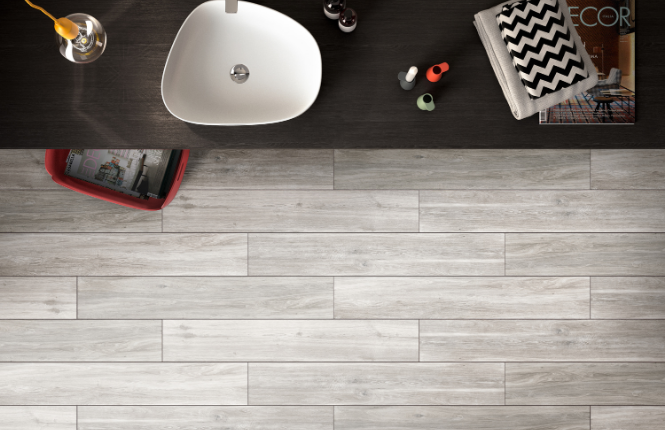
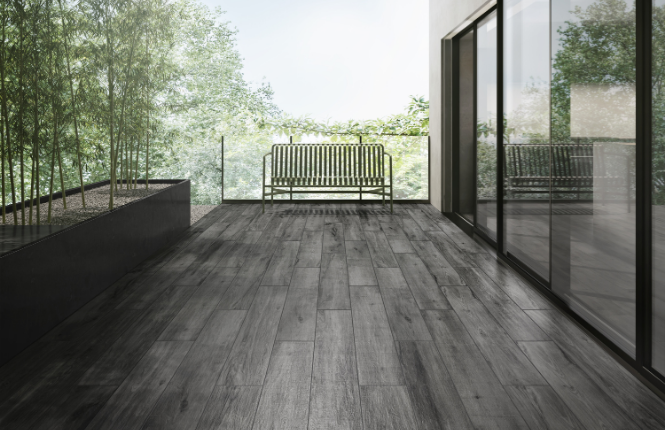
Quick Fixes vs Long-term Solutions
Quality wood-effect tile stickers can refresh tired spaces without permanent commitment.
But let’s be honest—they’re not fooling anyone up close. Use them for low-traffic areas or as temporary solutions while you plan proper renovations.
For permanent installations, invest in quality porcelain tiles. The initial cost difference pays for itself in durability and authentic appearance.
The most successful wood-effect tile installations we see share common elements:
They choose one wood tone and stick with it throughout connected spaces. They use the tiles as a foundation, not the star of the show. They pair them with materials and colours that complement rather than compete.
Most importantly, they remember that wood-effect tiles are a tool for creating atmosphere, not a shortcut to instant style.
Your home doesn’t need to look like a showroom—it needs to look like yours. Wood-effect tiles, styled thoughtfully, can help you create spaces that feel warm, welcoming, and genuinely liveable.
Ready to explore wood-effect tiles that actually look convincing? Discover VitrA’s authentic wood-look porcelain tile collections, designed to bring natural warmth to your home without compromise. Shop VitrA’s Wood-Effect Collection




